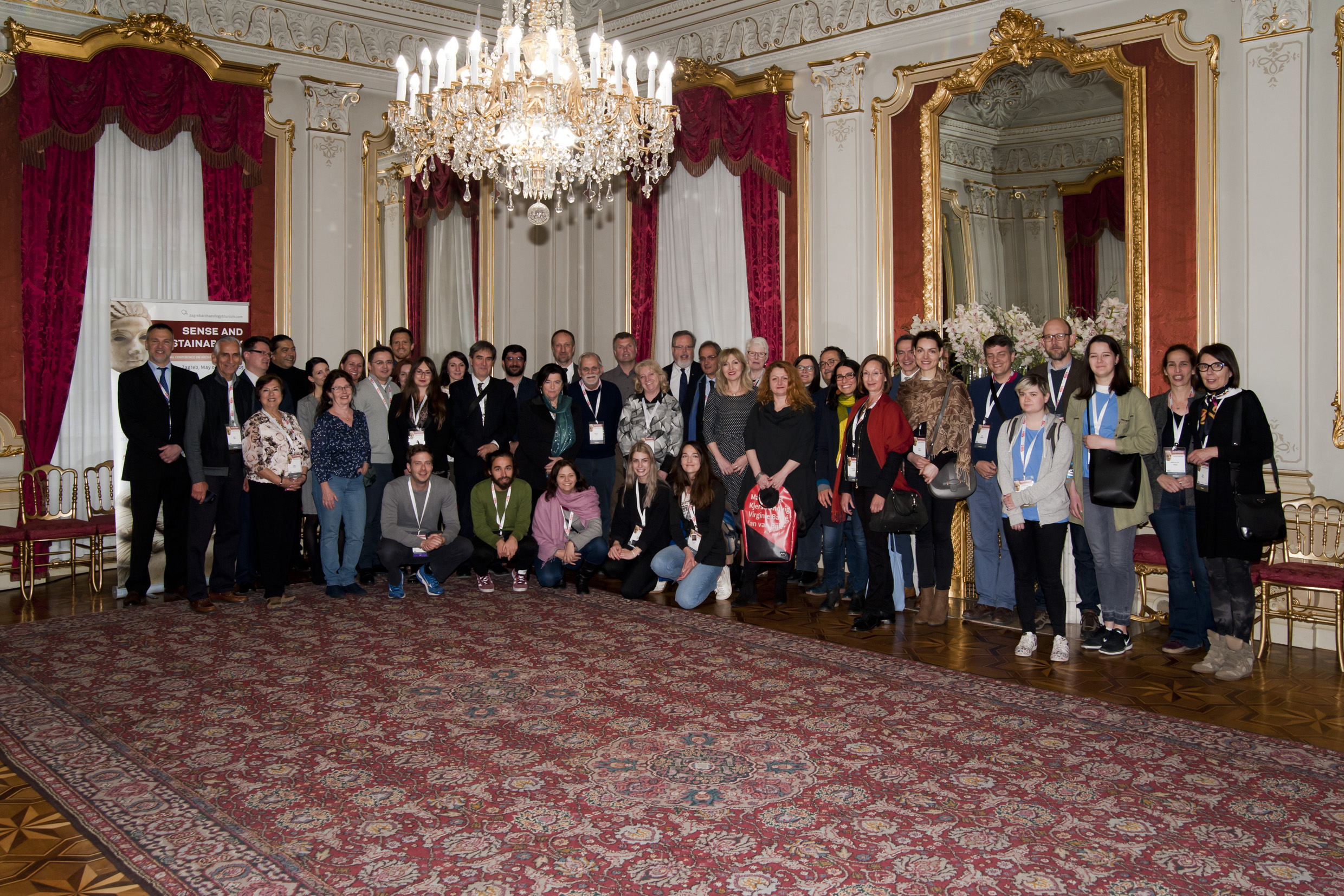Iron-Age-Danube - International Conference on Archaeology and Tourism Zagreb
15-05-2019

After almost three years our Iron-Age-Danube project (“Monumentalized Early Iron Age Landscapes in the Danube river basin”) is coming towards its end. When we started to prepare the application for the first call of the Interreg Danube Transnational Programme in 2016 none of the partners had a clear idea of the path this project will take us. So close to its end, I can say it was and still is an amazing journey full of interactions with many great colleagues and thousands of kilometres traveling between Austria, Slovenia, Croatia and Hungary. I am sure that the time, the work and the journeys were not in vain, as the results of our project can show.
We started to prepare a project proposal as a group of archaeologists, enthusiastic for the research and protection of a very fragile archaeological heritage of the Danube region, the early Iron-Age heritage, which was known manly for his hilltop settlements like Kaptol for example and tumulus cemeteries like in Kleinklein.
Modern archaeology has made a huge technological development in the recent years, which enables us to see our archaeological heritage in more complex ways. The focus has shifted. It has shifted from excavations of single sites to the research of whole landscapes. With laser scanning from the air, the so called LIDAR (Light detection and ranging), we now see things like communication ways, different kinds of smaller settlements, new graveyard structures, resources extraction areas etc. So, we can make a step forward from the understanding how people lived 2.800 years ago, and can now think also how they shaped and tamed their sorounding, their landscape.
With our Iron-Age-Danube project we wanted to take the knowledge about this heritage out of the Ivory tower of science and therefore applied for financing in the Interreg Danube Transnational programme. Interreg programme enabled us to think beyond the usual “archaeological” box and “forced” us to define goals beyond the pure research. So, in our project we created a mix of activities, which include strategic plans for the future of the archaeological heritage, field research in selected micro-regions in four countries, development of a touristic application for mobile phones, new touristic routes with boards and a series of public events.
Besides the events, publications, research activities and digital tools for me personally the cooperation between experts from different institutions during our international Archaeology Camps in Austria (spring 2017), Croatia (autumn 2017), Slovenia (spring 2018) and Hungary (autumn 2018) are highlights of our project. I think we all needed to learn, that despise we live so “close” to each other and regularly meet at conferences to exchange our achievements, we still can learn many things from each other and jointly foster archaeology in Europe.
The conference “Sense and Sustainability” in Zagreb is the biggest and most important event, which our project partnership co-organises with the European Association of Archaeologists (EAA). The variety of selected sessions shows that the theme of the conference was well chosen, and that there is a need between the experts to communicate on the future engagement of archaeology in tourism. Our Iron-Age-Danube project has also walked this path in the last years in order to leave an impact on tourism, e.g. by creating an Iron-Age-Danube route, which should in the nearer future be certified by the European Council.
At the end I would like to thank the Interreg Transnational Programme for seeing the added value in our project and their financial support. Many thanks to the co-organizers, the Archaeology Museum Zagreb and the European Association of Archaeologists, for making archaeology in the Danube region great again!

